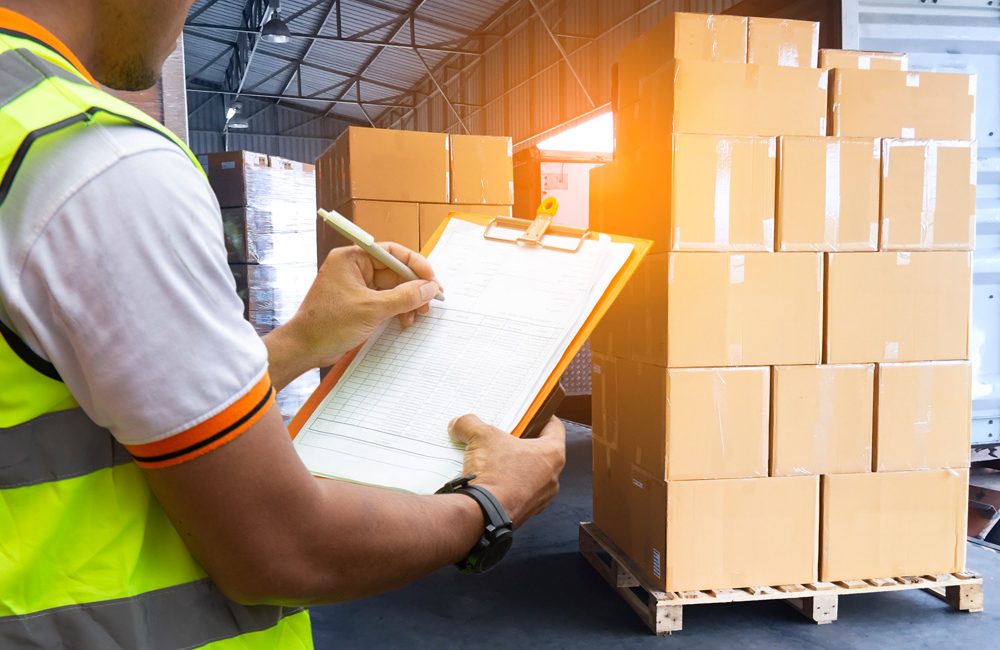Handling logistics may be a rather tricky experience while it requires lots of skills and knowledge. It isn’t possible just to load cargo at point A and deliver it to point B. There are several obligatory procedures that should be followed.
Shippers have to pay attention to the following steps:
- Proper preparation of all the needed documents. Before starting any transportation, you should prepare all the documents proving ownership of the cargo. Especially it’s important when it comes to the delivery of hazardous materials.
- Clarifying the details of the shipment. It isn’t a good idea to hide information from brokers or carriers.
- Controlling the transportation process. There are different tracking applications that allow you to control all the movements of shipments. You can do it even via your smartphone or tablet.
- Working on mistakes. Every time the shipment is completed, it’s necessary to evaluate the whole process and correct mistakes to avoid them in the future.
More and more business owners and entrepreneurs prefer to deal with LTL freight forwarding. The main reason is lower transportation costs. Yet, there is one important detail many beginners miss. It’s necessary to calculate the freight class for your shipment if you desire to order LTL delivery. If you cooperate with an experienced broker, he or she will do everything for you and prepare all the needed calculations and documents.
Yet, if you do this on your own, you definitely desire to know how to cope with this task. The freight class of your cargo depends on the level of “transportability” of the merchandise. There are 18 different classes. Although it isn’t obligatory to know by heart all the inputs to be able to calculate the class, it’s still rather difficult to cope with the task. In case you measure cargo incorrectly, you are likely to face difficulties or even fines.
These days there are various applications designed to make the process of freight class calculation as simple as possible. You should only type in the data you possess and the computer will define the class. Many brokers do it by themselves.
By the way, if you do not want to deal with all these intricate calculations, there are two possible solutions you may explore. The first one is to order partial truckload carriers. It allows you to transport cargo that is bigger than LTL but smaller than FTL. One of the main advantages of this option is that freight classification is not required.
The second way out is to entrust all logistics issues to professionals. If you manage to find a reliable and skillful 3PL broker, the experts will take of all details. They are to choose the most appropriate transportation services. After assessing the peculiarities of your shipment, the specialists will monitor the market to pick up the most profitable and suitable services.
So, it’s up to you to decide what logistics options you will explore. The right choice should be based on the peculiarities of the cargo, its volume, desirable deadlines, and allocated budget.

